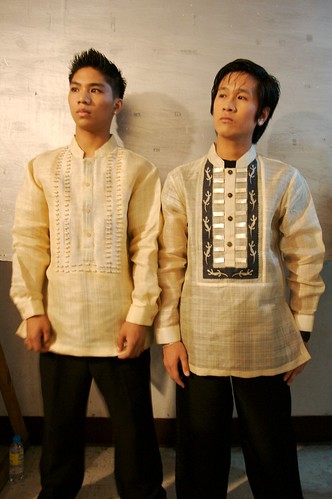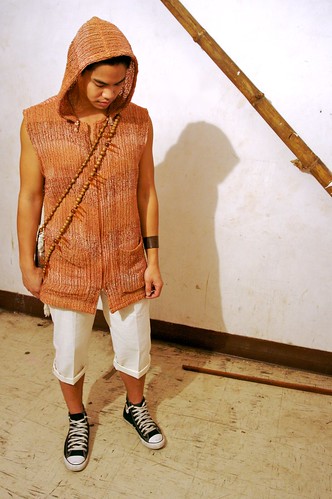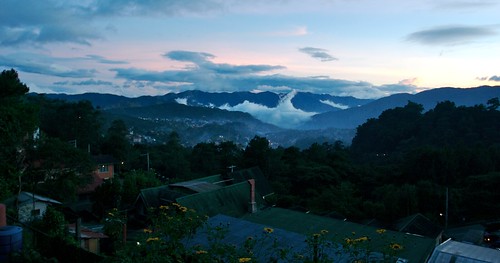The III International Junior Delphic Games is the world artists' equivalent of the Olympic Games and was held this year in Baguio City. It is a competition for the arts and is the spiritual rebirth of the Delphic Games held in ancient Greece. The Games take place every 2 years, alternately as Delphic Games and Junior Delphic Games. Each nation sends its best artists and representatives of arts and culture to compete in the form of exhibitions and demonstrations, that mirror the artistic diversity and cultural wealth and heritage of their respective countries. Some of the major categories include:
MUSIC & ACOUSTIC ARTS – i.e. singing, instruments, choir, orchestra, preservation of intangible heritage,
PERFORMING ARTS – i.e. dance, theatre, circus, photography, film, etc. and preservation of intangible heritage,
LINGUAL ARTS – i.e. poetry, writing, fairytale telling, literary translation, moderation, debating, etc. and preservation of intangible heritage,
CRAFT, DESIGN & VISUAL ARTS – i.e. painting, sculpture, pho-tography, goldsmith, cutting, book binding, instrument making, weaving, and knitting,
COMMUNICATION & SOCIAL ARTS – i.e. media, computer ga-mes, mediation, pedagogic, didactic, mediation, etc. and preservation of intangible heritage,
ARCHITECTURE & ECOLOGICAL ARTS i.e. landscape and city planning, cultivation and re-cultivation, preservation of soil monuments and historical monuments, etc. and support of cultural heritage.
We were fortunate enough to be invited by Narda to become models for her fashion show, which was the evening showcase for the Games' opening day. The experience was a bit nerve-racking as we went through the whole deal with little experience - the fittings, rehearsals, backstage changes, walking the catwalk (with 28 others), the lights and cameras, and not to mention, the hundreds of spectators that filled the convention hall.
The games, for the first time, beginning with the Philippines, will recognize hip-hop music as a world art form. Check out this amazing video of a German hip-hop performance. They were also the judges for the hip-hop dance competition, and for good reason.
Monday, November 12, 2007
III International Junior Delphic Games
Posted by
jsigharas
at
11:00 PM
0
comments
![]()
III International Junior Delphic Games
Alex and I were invited to become fashion models for an evening, along with 28 other models, for an entertainment showcase at the 2007 Junior Delphic Games held in Baguio City. All of the clothes modeled were from Narda's fashion collection, and were designed to display the beauty and style of natural, eco-fashion in both casual and formal wear.
These photos of us were taken backstage as we waited for an earlier dance group to finish. Above, I'm dressed in Narda's abaca casual hoodie and simple cotton, drawstring shorts. Abaca is a a species of banana, and is harvested for its fiber (also known as Manila hemp) extracted from its large, oblong leaves and stems. On average, the plant grows to about 20 feet (6 meters) tall. Below, Alex is dressed in Narda's ikat casual top, a handkerchief from Mindanao and simple, drawstring cotton pants. Ikat is a style of weaving that uses a resist-dyeing process similar to tie-dye on either the warp or weft before the threads are woven to create a pattern or design.
Posted by
jsigharas
at
10:46 PM
2
comments
![]()
Moment At Dusk - Simple Surprises
We stumbled across this particular mountain view as we explored the grounds of Baguio City's Convention Hall, one of the venues for the 2007 International Junior Delphic Games.
Almost anywhere you travel to in and around Baguio, nicknamed the "city of pines", it is common to come across breathtaking vistas that cause you to want to stop and appreciate what the present moment has to offer. It is those simple, instant surprise glances from nature that has caused me to re-assess where I am exactly in the world, and on what island (out of 7,000 or so) that I'm living on. As introspective as it sounds (and maybe even cliche), scenic views like these are special to the Philippines since the majority of the population live in the lowlands, and seeing that the highest concentration of mountains are on one island, ours; Luzon Island. It's truly a shame for anyone to come to Baguio and have their first impressions overshadowed by the pollution, trash and the unpleasing aesthetics of the concrete homes that have crept up what was once a city well-integrated with nature. The difference between the natural environment and the artificial is strikingly stark. The competing, unharmonious character of the two is one of the issues that Alex and I are basing our work on and striving to alleviate. Speaking to David, he reflected on his first experience coming and moving to Baguio some 20 odd years ago when it was still a small town in the mountains. Back then, he said, "I was able to go on my morning jogs around Burnham Park, with the morning mist and the fresh smell of pine in the air. If you were to do that now, you'd suffocate from all the pollution from jeepneys and taxis". Imagine if one day we were able to recreate this memory and feeling in Baguio, and any other decaying city in the world for that matter. This is our challenge, this is why we are here as students and designers, and this is why we feel that progressing in that direction is the most crucial effort one can make. This must happen now, or else vistas like this may never be seen again.
Posted by
jsigharas
at
8:52 PM
2
comments
![]()





